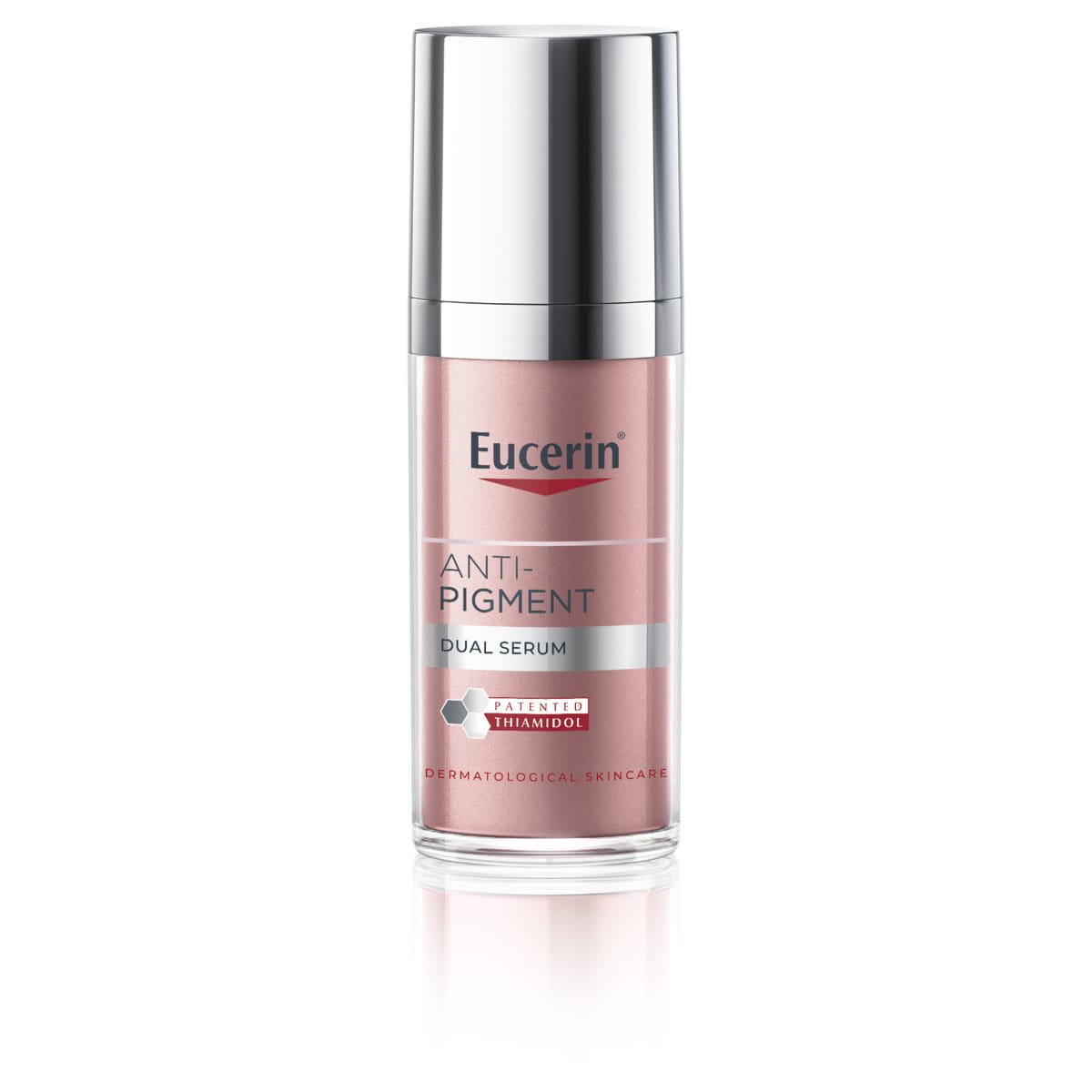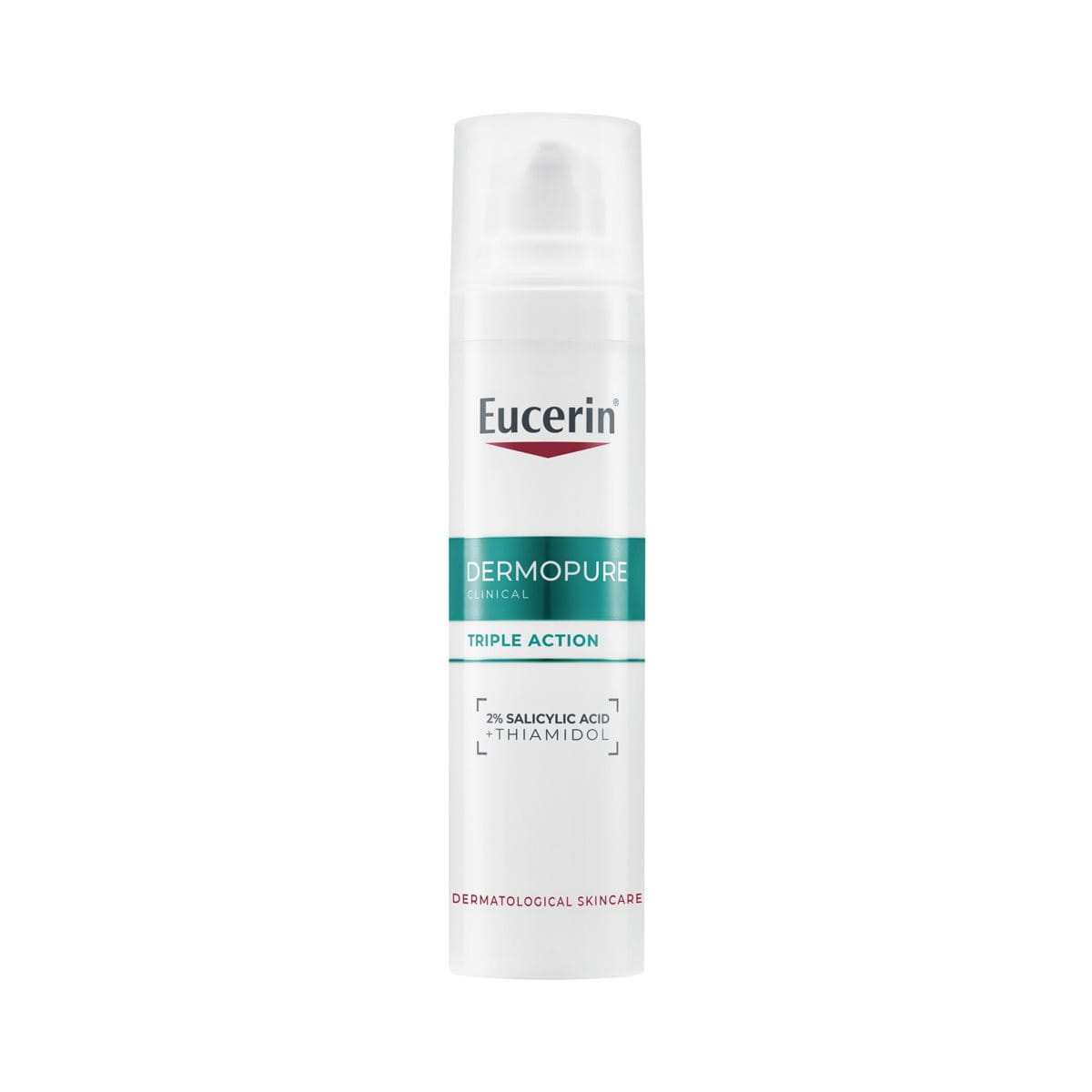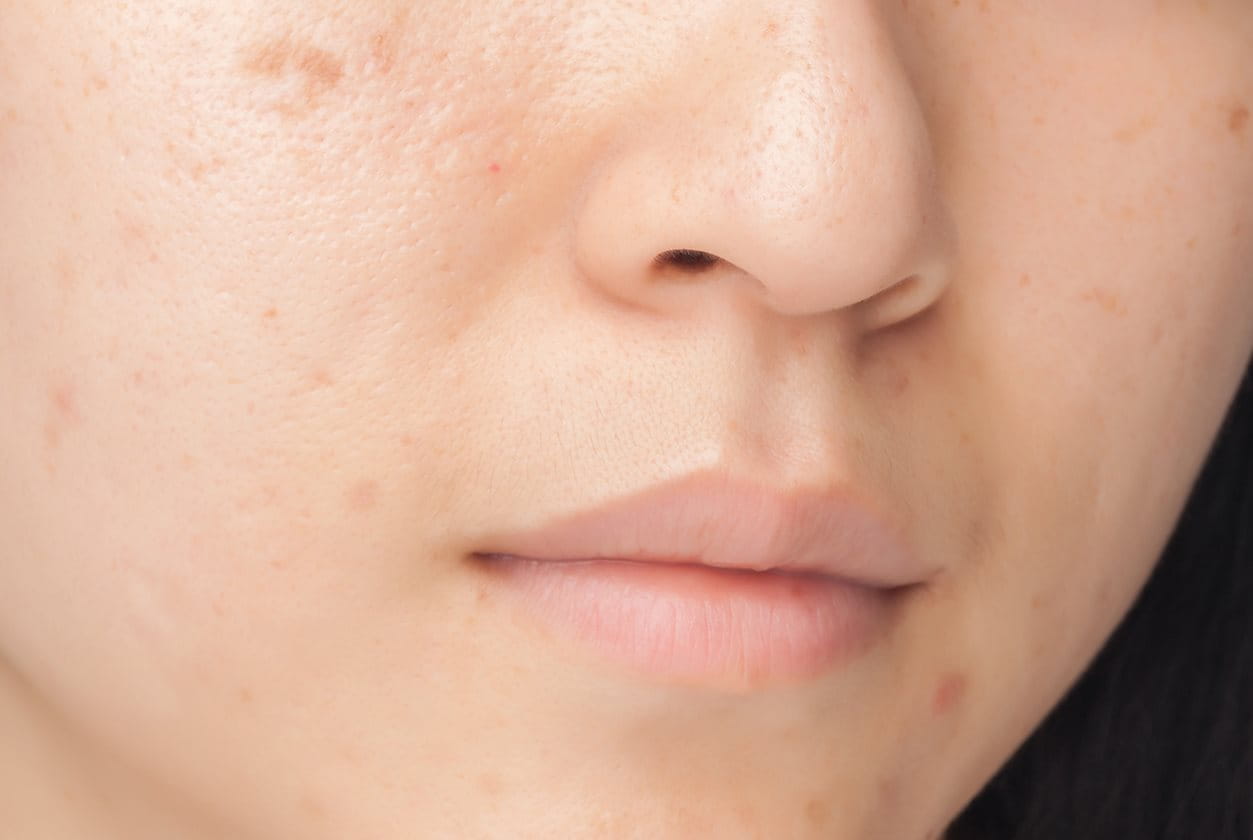As its name suggests, post-inflammatory hyperpigmentation happens after skin injury or inflammation, leaving the skin darkened and discoloured once the wound has healed.
Read below to learn what post-inflammatory hyperpigmentation is, what it looks like, and the treatments to reduce dark spots and patches on your skin.
What is post-inflammatory hyperpigmentation?
Post-inflammatory hyperpigmentation (PIH) occurs when dark spots or patches appear on the skin after it has been injured or inflamed. PIH, also known as hyperpigmentation caused by inflammation, can develop after acne, burns, cuts, or any skin irritation.
It can affect anyone—men and women are equally susceptible—but it’s more common in people with darker skin tones. Typically, it appears as flat dark spots of discolouration and an uneven skin tone. These spots range in colour from brown to black, depending on skin tone and the depth of discolouration. While PIH usually fades over time, treatments are available to help speed up the process.
What does post-inflammatory hyperpigmentation look like?

The more inflammation there is, the more obvious the area of discolouration will be, both in terms of size and colour. In cases where PIH is caused by acne, picking pimples can worsen the skin condition, leading to increased hyperpigmentation. PIH can also appear on the legs as a result of abrasions from shaving.
In some cases, inflammatory acne can result in pink, red or purple coloured pigmentation, which is more commonly referred to as post-inflammatory erythema (PIE). PIE refers to discolouration due to damage to capillaries in the skin’s surface, whereas PIH mainly refers to the pigment change following a skin condition. Both PIE and PIH tend to reduce with time, although acne scarring can be textural and permanent.
What causes post-inflammatory hyperpigmentation?
An injury, rash, or blemish causes the skin to become inflamed. This inflammation triggers melanocytes, the cells that produce melanin, to release an excess of pigment granules called melanosomes. These overproduction pigment granules darken and discolour the previously wounded area, remaining there long after the initial wound has healed.
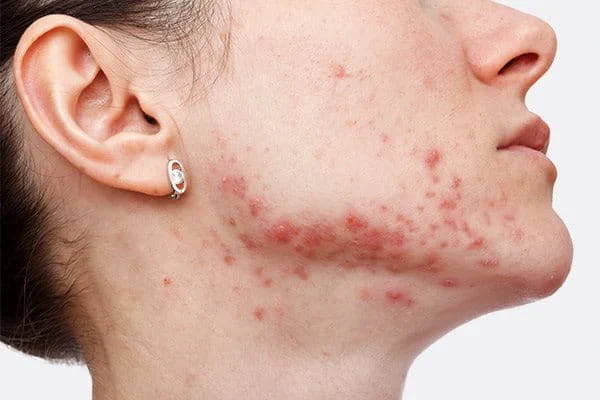
When the skin heals, it produces extra melanin (the pigment that gives skin its colour) in the affected area, causing it to become darker than the surrounding skin. Other common causes of PIH include:
- Acne
- Injuries: Cuts, scrapes, or surgical incisions
- Skin conditions: eczema, psoriasis, and dermatitis
- Burns: Thermal or chemical burns
- Insect bites
- Allergic reaction
- Hair removal: waxing or threading
- Friction: tight clothing or repeated scratching
Whilst not the cause of PIH, the sun can aggravate symptoms, darkening the affected patches and prolonging the time it can take for them to fade. The sun is closely associated with other forms of hyperpigmentation such as age spots, also known as sun spots, and melasma.
Post-inflammatory hyperpigmentation is harmless, but melanoma can be life-threatening. If you have any concerns about your dark pigment spots – if they change shape, size and colour or if they become itchy and start to bleed – it’s important that you consult your doctor.
Post-inflammatory hyperpigmentation treatment
Post-inflammatory hyperpigmentation does not cause scarring and even with no treatment it will improve over time.
There are several ways to improve symptoms and speed up recovery of post-inflammatory hyperpigmentation.
Chemical peels
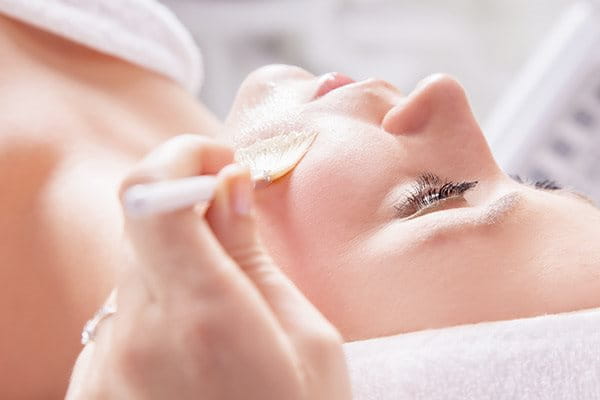
Chemical peels involve applying a chemical solution (such as an AHA) to exfoliate skin (remove dead skin cells), stimulate the growth of new skin cells and reveal new skin.
Laser treatment

Laser therapy has a similar effect but tends to be more precise as the dermatologist has more control over the intensity of the treatment. Laser treatments involve ‘zapping’ the affected areas with high-energy light. The mildest treatments work on the skin’s epidermis (surface layer), while more intense treatments can penetrate the deepest layers of the skin. Find out how best to care for your skin after laser therapy.
Hydroquinone
Dermatologists may also prescribe and/or use hydroquinone to help reduce melanin production, which is still regarded as the most effective topical agent for reducing post-inflammatory hyperpigmentation. However, it can only be used for limited periods of time because, like other forms of chemical peel and laser treatment, it can irritate skin and actually cause post-inflammatory hyperpigmentation.
Skincare products
Dermo-cosmetic skincare products can be used daily to help extend the results of dermatological treatments. Eucerin DERMOPURE CLINICAL Triple Action Corrective Fluid contains Thiamidol, an effective ingredient to reduce post-acne marks, blemishes, and control shine.
What can I do to help prevent dark spots from forming?
If your skin is injured or blemish-prone, or if you suffer from skin conditions such as atopic dermatitis or psoriasis, it’s important that you take care of your skin in order to reduce the chances of post-inflammatory hyperpigmentation. Appropriate medication and/or a regular skincare routine using products that have been specially formulated to address your skin’s needs will help.
Blemish-prone skin
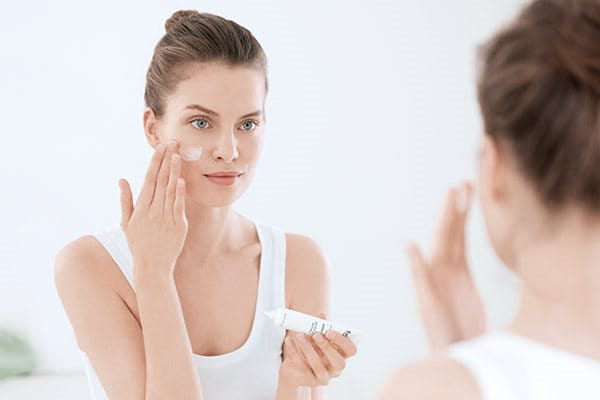
Blemish-prone skin is more likely to develop blemishes, such as pimples, blackheads, whiteheads, and other types of acne. If you have acne-prone skin, you should have a proper skincare routine to prevent PIH from appearing. Eucerin DERMOPURE CLINICAL contains Licochalcone A and Salicylic Acid, which are effective anti-inflammatories that soothe irritation, help reduce redness, blemishes, and prevent them from reappearing.
Atopic skin
Atopic skin, also known as atopic dermatitis or atopic eczema, is a chronic skin condition characterised by dry, itchy, and inflamed skin. The itchiness induces scratching, which makes symptoms worse and can lead to skin infection, and it tends to flare up periodically. Eucerin AtoControl Acute Care Cream has been specially formulated to relieve skin during a flare-up. It offers intensive care: reducing itching, moisturising skin and strengthening its natural barrier.
Skin undergoing dermatological treatments
There is a higher chance of post-inflammatory hyperpigmentation after dermatological treatment for acne, such as chemical peels, dermabrasion, and laser therapy. Eucerin Aquaphor Soothing Skin Balm is enriched with Glycerin and Panthenol, which helps to speed up regeneration and repair while also moisturising skin. This balm has been clinically and dermatologically proven to repair very dry, cracked, and irritated skin, helping to prevent the appearance of PIH.
Sun protection

A sensible attitude to sun protection will also help to prevent or reduce the severity of PIH:
- Limit the time you spend in the sun - keep out of the sun during its most intense hours
- Wear protective clothing and sunhats whenever possible
- Apply a sun protection product that offers the level of protection your skin needs and that is proven to be suitable for your skin type and/or condition.
Eucerin Sun Protection can help prevent PIH and includes face and body products that are suitable for blemish-prone skin, atopic skin and skin that has recently undergone dermatological treatments.
Our brand values

We deliver a holistic dermo-cosmetic approach to protect your skin, keep it healthy and radiant.

For over 100 years, we have dedicated ourselves to researching and innovating in the field of skin science. We believe in creating active ingredients and soothing formulas with high tolerability that work to help you live your life better each day.

We work together with leading dermatologist and pharmacist partners around the world to create innovative and effective skincare products they can trust and recommend.
